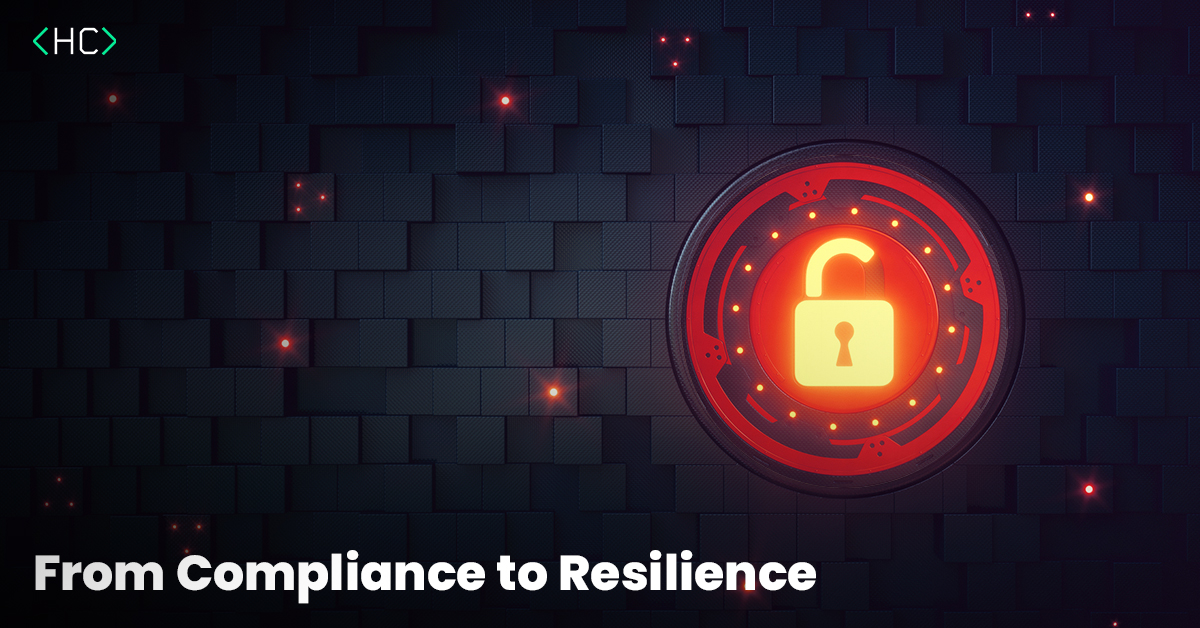From Compliance to Resilience: The Synergy between DORA, TIBER EU and Red Teaming for Enhanced Security in the Financial Sector

The number of cyber-attacks has nearly doubled since the start of the COVID-19 pandemic. The IMF’s Global Financial Stability Report highlights the high exposure of the financial sector to cyber risks, with almost one-fifth of all incidents affecting financial firms. While cyber incidents have not been systematic so far, severe incidents at major financial institutions could pose a significant threat to macrofinancial stability through a loss of confidence, disruption of critical services, and due to technological and financial interconnectedness. As a result, regulatory bodies have acknowledged the need for enhanced cybersecurity measures to protect critical infrastructure and consumer data. This has led to the development of frameworks such as the Digital Operational Resilience Act (DORA) and the Threat Intelligence-Based Ethical Red Teaming (TIBER EU) initiative. These regulatory frameworks emphasize the importance of not only complying with regulations, but also building a resilient organization capable of withstanding and recovering from cyber-attacks.
TIBER-EU: A Dedicated Red Teaming Framework
TIBER-EU (Threat Intelligence-Based Ethical Red Teaming) was developed by the European Central Bank (ECB) to enhance the resilience of entities that provide core financial infrastructure against cyber threats. However, it can be used for entities in all critical sectors, not just the financial sector. It mandates bespoke Red Teaming tests that simulate realistic cyberattacks on institutions’ critical functions using threat intelligence.
Promotion of Red Teaming:
- Targeted Exercises: Under TIBER-EU, financial institutions undergo Red Teaming exercises designed to replicate the specific threats they face. These exercises are orchestrated by external teams, ensuring an unbiased and thorough evaluation.
- Risk Identification: By simulating sophisticated attacks, TIBER-EU helps institutions uncover hidden vulnerabilities and assess their ability to detect and respond to real threats.
- Actionable Insights: The findings from these exercises are used to strengthen the institution’s cybersecurity measures, enhancing their resilience against actual cyber threats.
DORA: Integrating Red Teaming into Comprehensive Resilience Testing
DORA (Digital Operational Resilience Act) aims to ensure the operational resilience of financial entities within the EU against digital disruptions. It establishes comprehensive requirements for ICT risk management, incident reporting and resilience testing.
Promotion of Red Teaming:
- Broad Scope: While DORA covers all aspects of ICT risk management, it specifically includes Red Teaming as a key component of resilience testing.
- Regulatory Compliance: Financial entities are required to conduct regular Red Teaming exercises to demonstrate their preparedness against cyber threats and ensure compliance with DORA’s stringent standards.
- Continuous Improvement: DORA emphasizes the need for ongoing resilience testing, including Red Teaming, to adapt to the evolving threat landscape and continuously enhance security measures.
The Synergy Between TIBER-EU and DORA
Enhanced Cyber Resilience:
Both TIBER-EU and DORA recognize Red Teaming as essential for enhancing the cyber resilience of financial institutions. These frameworks encourage the use of realistic attack simulations to identify and mitigate vulnerabilities.
Regulatory Alignment:
Conducting Red Teaming exercises helps financial institutions align with the regulatory requirements of both TIBER-EU and DORA. This proactive approach demonstrates a commitment to maintaining high security standards and protecting customer data.
Operational Continuity:
By integrating Red Teaming into their risk management strategies, institutions can better prepare for and respond to cyber incidents. This ensures operational continuity and minimizes the impact of potential disruptions.
Implementing Hackcraft Red Teaming: Best Practices
Hackcraft Red Teaming is a genuine, advanced and tailor-made exercise that entails simulating real-world adversarial tactics, techniques and procedures, with the objective of evaluating your organization’s capability to prevent, identify and address both cyber and physical assaults. Our specialized experts use the latest threat intelligence to tailor for your organization Red Teaming exercises that reflect current and emerging threats.
Regular Red Teaming exercises are crucial for staying ahead of evolving threats and strengthening your defenses. After each simulated attack, the Hackcraft Red Team provides valuable metrics to help organizations enhance their incident response processes. Thorough documentation of findings and remediation actions will drive organizational learning and compliance reporting. Integrating these findings into your incident response plans will test and improve your organization’s ability to detect and respond to attacks.
As cybersecurity threats continue to rise, it’s crucial for financial institutions to stay a step ahead. Regulatory frameworks like TIBER-EU and DORA highlight the vital role of Red Teaming in keeping organizations safe. With Hackcraft Red Teaming, simulated real-world attacks provide invaluable insights into vulnerabilities and preparedness for cyber incidents. Embracing this approach doesn’t just ensure regulatory compliance – it also boosts an organization’s cyber resilience significantly.
Don’t wait until it’s too late – integrate Hackcraft Red Teaming into your risk management practices and build stronger defenses against cyber threats. Contact us!


